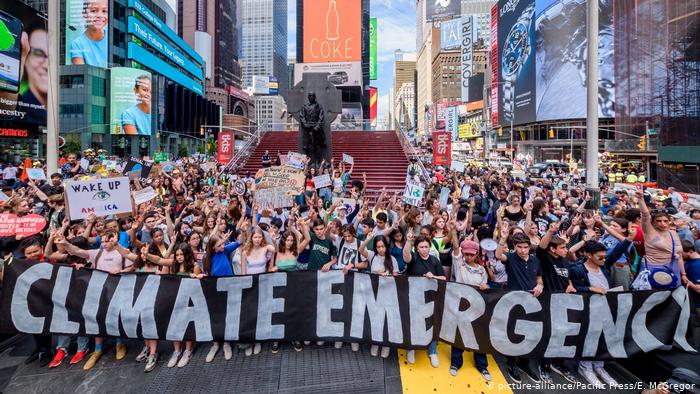Qatar to sequester 7mn tonnes of CO2 by 2027, says al-Kaabi

Looking to advance efforts on sustainable development and the protection of the environment, Qatar is expected to increase its CO2 sequestration to 7mn tonnes by 2027, HE the Minister of State for Energy Affairs Saad bin Sherida al-Kaabi said yesterday.
Al-Kaabi, who is also the president and CEO of Qatar Petroleum (QP), made the statement during the panel session titled ‘The Future of LNG in Meeting the World’s Energy Demand’ at the Doha Forum, which concludes today (December 15). Joining the minister during the panel discussion are ENI CEO Claudio Descalzi and Total chairman and CEO Patrick Pouyanné.
According to al-Kaabi, Qatar had started to sequester 2.5mn tonnes of CO2 this year, which is expected to reach 5mn tonnes by 2024. He stressed that many companies in the oil and gas sector “are trying to reduce” CO2 emissions and “looking at the environment more critically.”
“In the oil and gas industry, we take responsibility in what we do with carbon capture, storage, and looking at the environment in general. In Qatar, we’ve announced that we’ve started this year’s 2.5mn tonnes of CO2 sequestration.
“In addition to that, with the expansion that we have announced earlier, by 2024 we will reach 5mn tonnes, and maybe for the first time, I can announce that we are going to reach about 7mn tonnes by 2027,” al-Kaabi said.
“We have a responsibility to do more and I think most of the companies are being responsible, but for humanity, you need more energy and there are going to be developments that are required, otherwise, you can’t have developments because renewables alone cannot keep up with the growth requirements,” he continued.
Commenting on the future of LNG and its impact on the environment, al-Kaabi said Qatar looks at gas “as a destination fuel rather than a transition fuel.”
“I definitely think that renewable energy is going to be part of the solution…there are a lot of countries that are moving away from coal in favour of natural gas, while some are abandoning nuclear energy for various reasons, so we see gas as the future,” he pointed out.
The minister also said Qatar is looking at Asian countries, citing upcoming peak demand from countries, such as China and India, as well as the development of countries in Southeast Asia.
“We are increasing our production capacity; currently, we are producing 77mn tonnes per year (tpy). We already announced that we will reach 110mn tpy by 2024. Recently, we announced a further development, taking production capacity to 126mn tpy by 2027.
“We think there is a requirement for gas in the future; peak demand is coming from a lot of growing economies, such as China, India, which are the largest growth areas. Demand is also being driven by countries in Southeast Asia due to various infrastructure development projects,” al-Kaabi said.
He added: “Asia is our focus area; considering its sheer population, it is the biggest growth area. As for developed nations, mostly in Europe, we supply the entire continent, particularly those that use LNG. It is a big market and we don’t see ourselves in competition with anybody, but rather we focus on what we control, which is our cost…we want to be efficient, safe, and reliable.”










